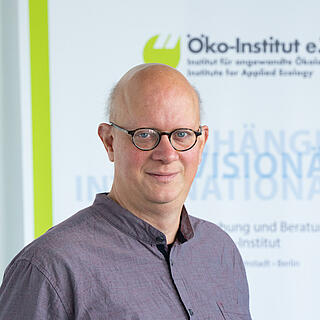Environmental impact of integrated inner urban development concepts on the infrastructures of urban growth regions
More information about the project
Status of project
End of project: 2022
Project manager
Project staff
Funded by
German Environment Agency (UBA)
Project partners
3f design
Hochschule für Wirtschaft und Umwelt Nürtingen-Geislingen, Institut für Stadt- und Regionalentwicklung (IfSR)



